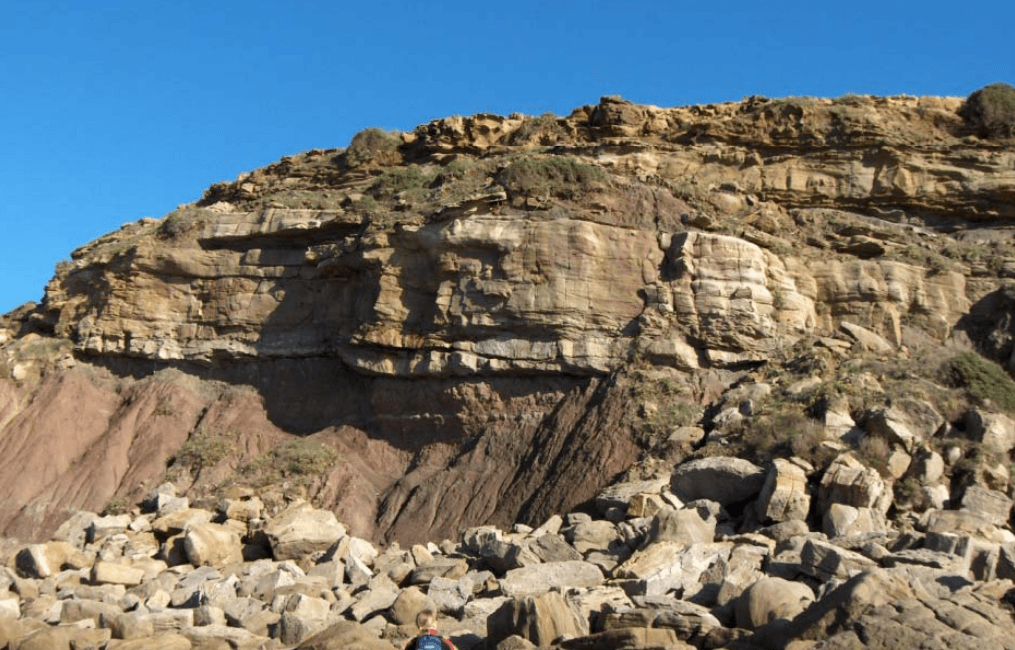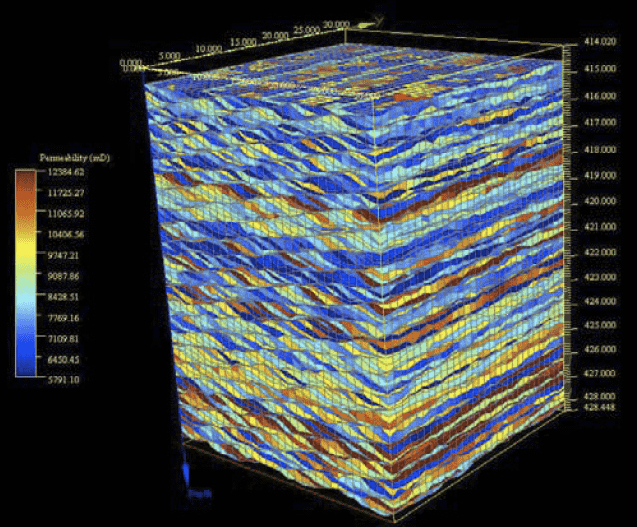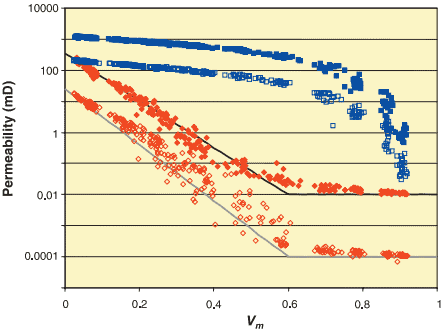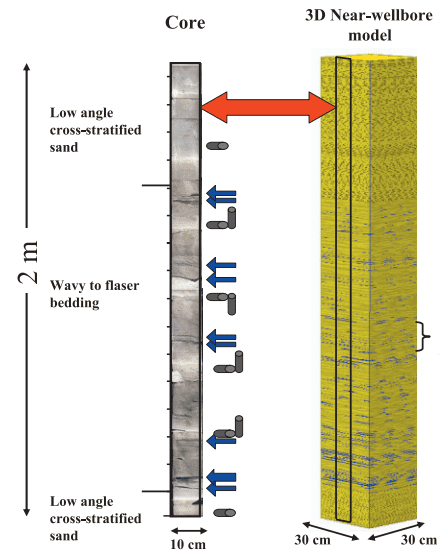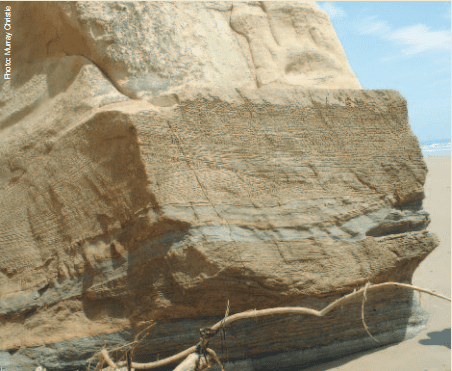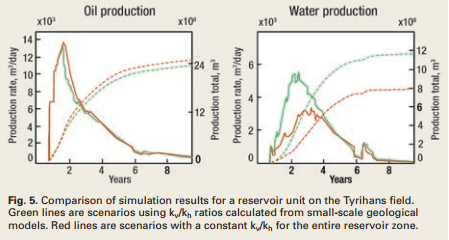Future workflows for water saturation interpretation in heterogeneous intervals, should take the heterogeneity into account in a robust manner. We want fine-scale geology to be modelled realistically, down towards mm-scale when appropriate, and populate these models with properties from pore-scale modelling. The geologically realistic models can then be upscaled for...
Multiscale Data Integration in Characterizing and Modeling a Deepwater Turbidite Reservoir
Information from cores and wireline logs, processed according to different methodologies, were integrated to provide a consistent facies classification, petrophysical characterization and 3D geological model of a deep-water turbidite reservoir in the Gulf of Mexico. A number of sedimentological facies (sed-facies), either heterolithics or single-lithology, were first identified on cores...
Modeling of Intra-Channel Belt Depositional Architecture in Fluvial Reservoir Analogs from the Lourinha Formation, Portugal
Fluvial channel and channel belt deposits are commonly represented in subsurface reservoir models using an object-based approach that stochastically places a channel facies in a background of overbank deposits. The internal heterogeneity within the channel is usually represented by adding intra-body trends to the petrophysics. The aim of this study...
Pore Space Estimation, Upscaling and Uncertainty Modelling for Multiphase Properties
This paper reports results from a sensitivity study aimed at understanding and evaluating uncertainty in a pore-to-field workflow. A methodology to identify and quantify uncertainty at different scales and to propagate, or upscale, this information to the reservoir simulation model has been developed and tested. A case study is presented...
Core-Data Preprocessing To Improve Permeability-Log Estimation
Two techniques of preprocessing data from core plugs have been investigated to enhance the quality of synthetic permeability estimation from conventional logs by use of artificial neural networks (ANNs). A first technique consists of “cleaning” the core-plug data set by removing the measurements deemed log-incompatible (i.e., those from plugs corresponding...
Improving Net-to-Gross Reservoir Estimation with Small-Scale Geological Modeling
Geoscientists have often been frustrated by the arbitrary assignment of petrophysical log cut-offs to define reservoir intervals capable of hosting producible hydrocarbon. The traditional practice is to derive "pseudo-permeability" from well logs such as gamma ray, density, and sonic. However, this indirect approach can introduce large errors in estimates of...
Vertical permeability estimation in heterolithic tidal deltaic sandstones
A method for estimation of vertical permeability in heterolithic tidal deltaic sandstones is proposed. Three-dimensional, stochastic, process-based models of sedimentary bedding are used to give estimates for the effective permeability of heterolithic tidal sandstone units where heterogeneities in the sandstone and mudstone components are evaluated explicitly. Subsurface core (probe Permeameter)...
Petrophysical characterization of a heterolithic tidal reservoir interval using a process-based modelling tool
Heterolithic lithofacies in the Jurassic Tilje Formation, offshore mid-Norway, consist of three components - sand, silt and mud intercalated at the centimetre scale - and are generally difficult to characterize petrophysically with core and wireline data. A near-wellbore model of the lower part of the Tilje Formation in the Heidrun...
Introducing geological processes in reservoir models
Reservoir modeling and reservoir simulation are based on data collected at multiple scales with resolution ranging from sub-millimeter to tens of meters. New software using knowledge of the geological processes forming the reservoir rock now makes it possible to generate more accurate reservoir models, thereby improving prediction of both production...
Small-scale reservoir modeling tool optimizes recovery offshore Norway
Modeling of small-scale bedding geometries improves recovery estimates in Norwegian oil fields, yielding added value of at least 16 million barrels. Demands for improved oil recovery prompted the Norwegian oil company, Statoil, to evaluate geologically complex oil and gas-condensate fields offshore Norway with a new approach. Here, major sections of...


